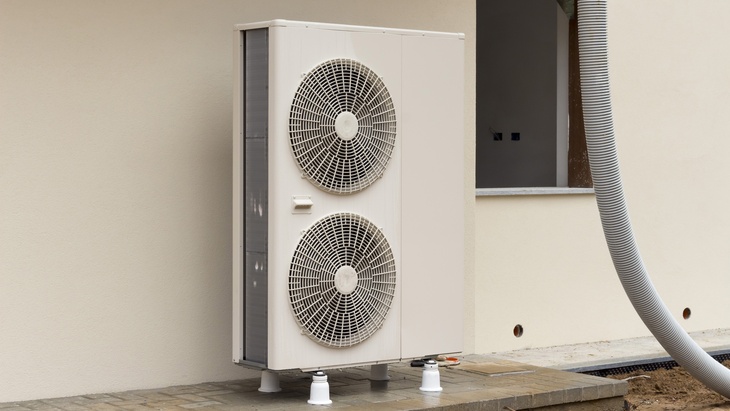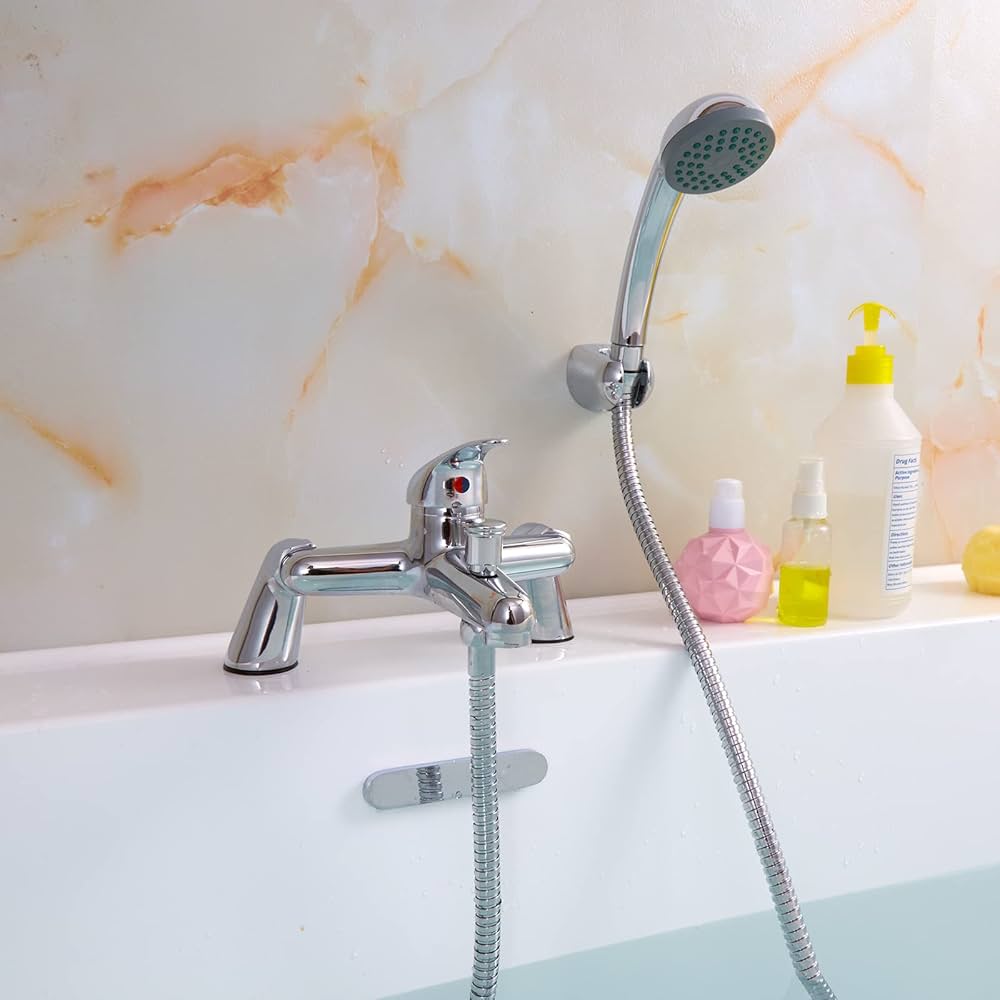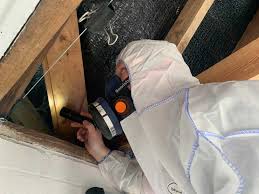When investing in an air conditioner, a proper installation is essential for maximum performance and long-term durability. Assessing the quality of a heat pump (tepelné čerpadlo) installation requires evaluating various key elements to ensure that you have a system that operates efficiently and effectively. Here’s what you need to know:
1. Professional Credentials:
The first step in evaluating the quality of installation for a heat pump is to check the qualifications of the contractor. Verify that they are licensed, insured and recognized by relevant industry bodies like The North American Technician Excellence (NATE) or similar organisations. Certified professionals are more likely to adhere to industry guidelines and best practices.
2. System Sizing:
A proper system size is crucial to ensure efficient operation. Oversized or undersized heating pump could result in an inefficiency, higher energy bills and a decrease in quality of life. Installers should conduct a thorough load calculation, typically employing the Manual J method to determine the appropriate size of your home based on the insulation type windows, insulation, and local climate conditions.
3. Quality of Equipment:
Examine the quality that the heating unit. Brands with a good reputation usually offer greater reliability and performance. Look for SEER (Seasonal Energy Efficiency Ratio) and the HSPF (Heating Seasonal Performance Factor) ratings. Higher ratings generally indicate efficient systems. Make sure that the equipment is put in place according to the manufacturer’s specifications.
4. Installation Practices:
Proper installation practices are critical. The heat pump should be installed level and securely installed. Ductwork should be properly sealed and insulated in order to stop loss of energy. Verify that the refrigerant lines are correctly measured and lined with insulation. Poor installation can lead to problems such as leaks in refrigerant or reduced efficiency. It could also cause premature system failure.
5. System Testing:
After installation, a professional installer will conduct thorough system testing. This includes checking the refrigerant levels, inspecting the electrical connections, and ensuring the thermostat operates properly. The system must be tested in both cooling and heating modes to ensure it operates effectively.
6. Post-Installation Support:
A good installer will provide post-installation assistance. They should give clear instructions on how to operate and maintain the heat pump, and be available for any questions or follow-up concerns. A reputable contractor should also provide a guarantee on the equipment as well as the installation work.
7. Customer Reviews and References:
Finally, look up customer reviews and request references. Customers from the past can give insight into the installer’s reliability, workmanship, and overall satisfaction. A reliable contractor will have positive reviews and will be willing to share the names of previous clients.
To determine the reliability of a heating system involves a combination of checking credentials, ensuring proper sizing and installation procedures, as well as checking system performance. By paying attention to these elements you can be sure that your system runs efficiently and gives long-lasting comfort for many years to come.


